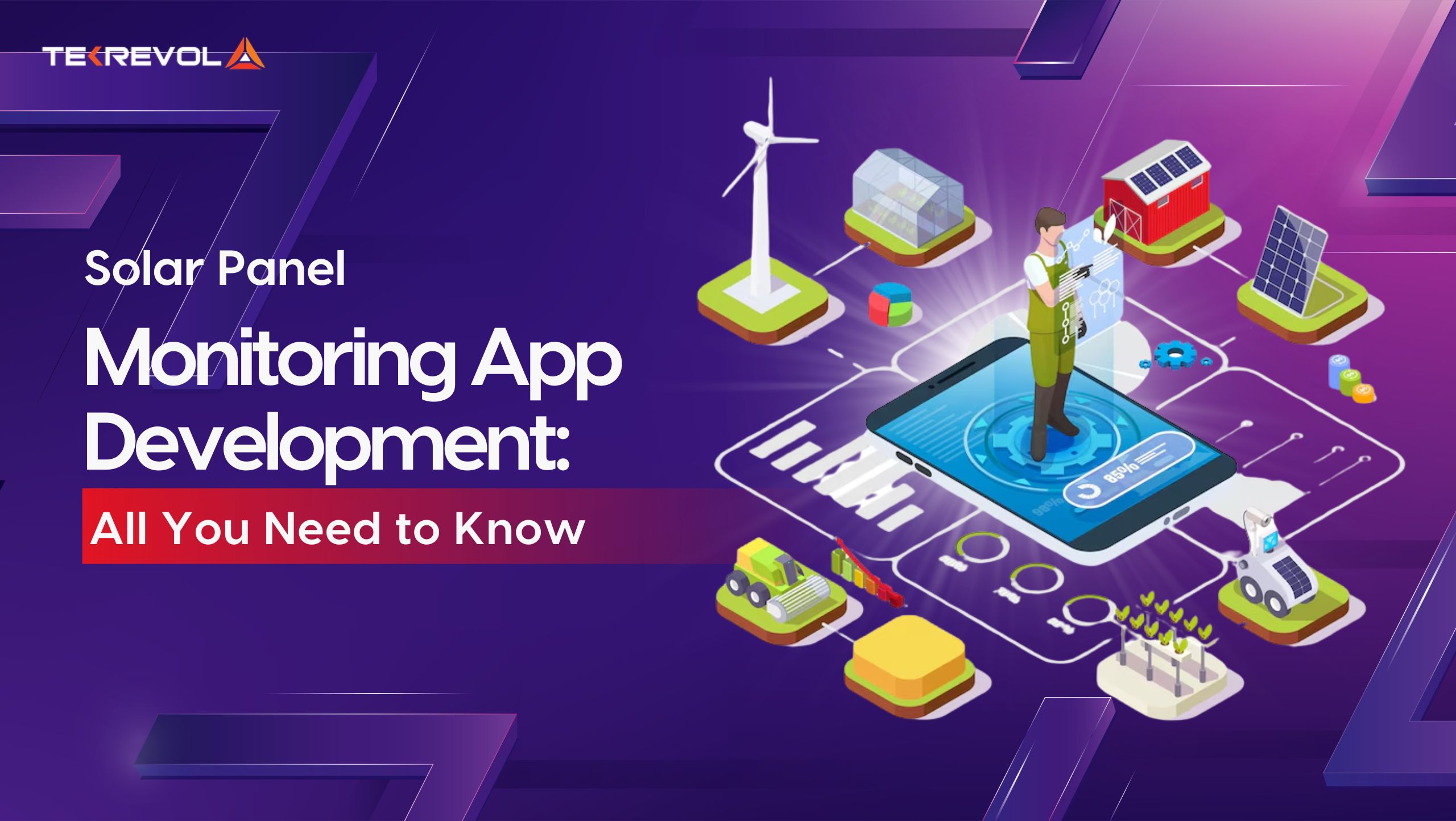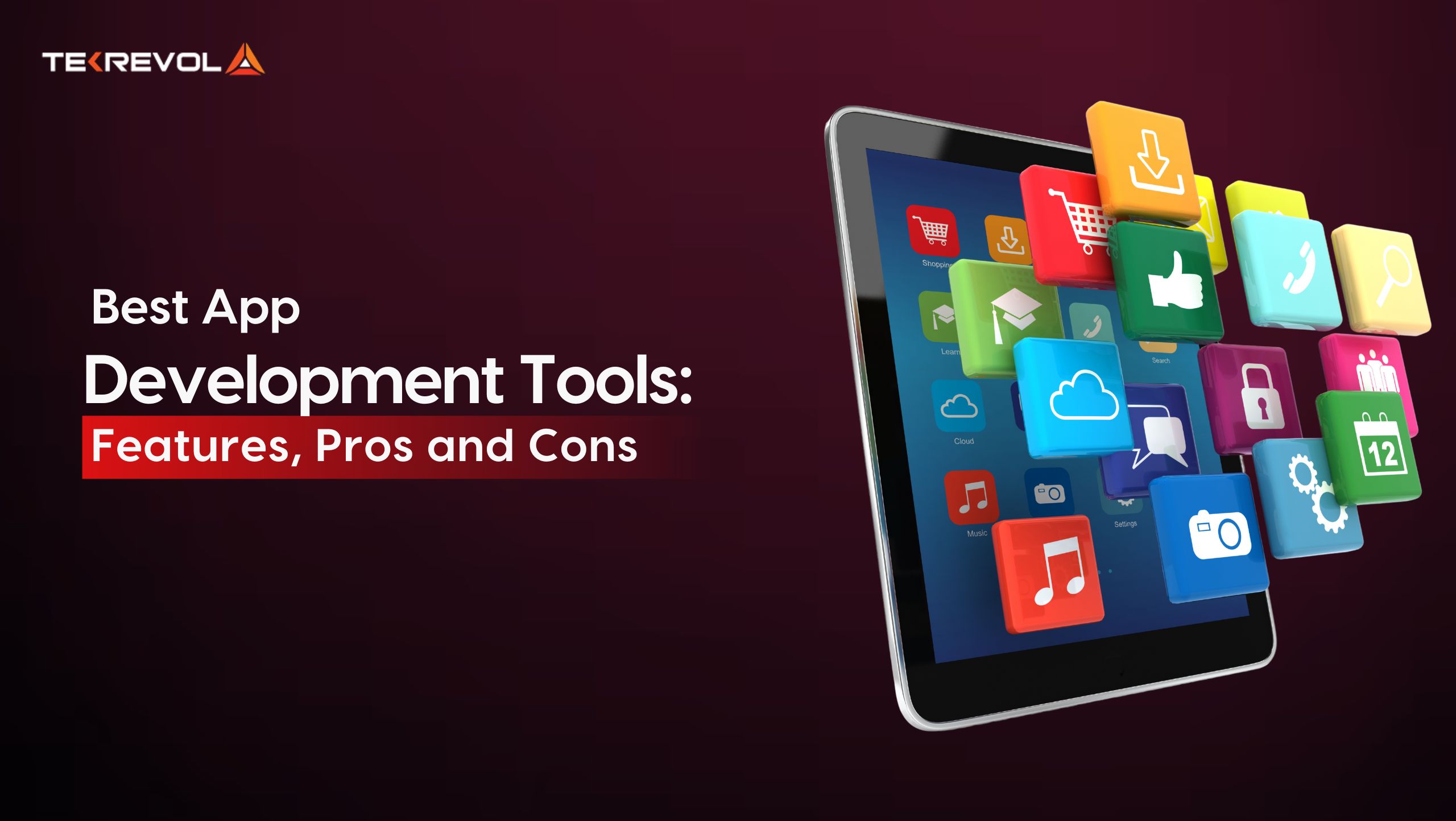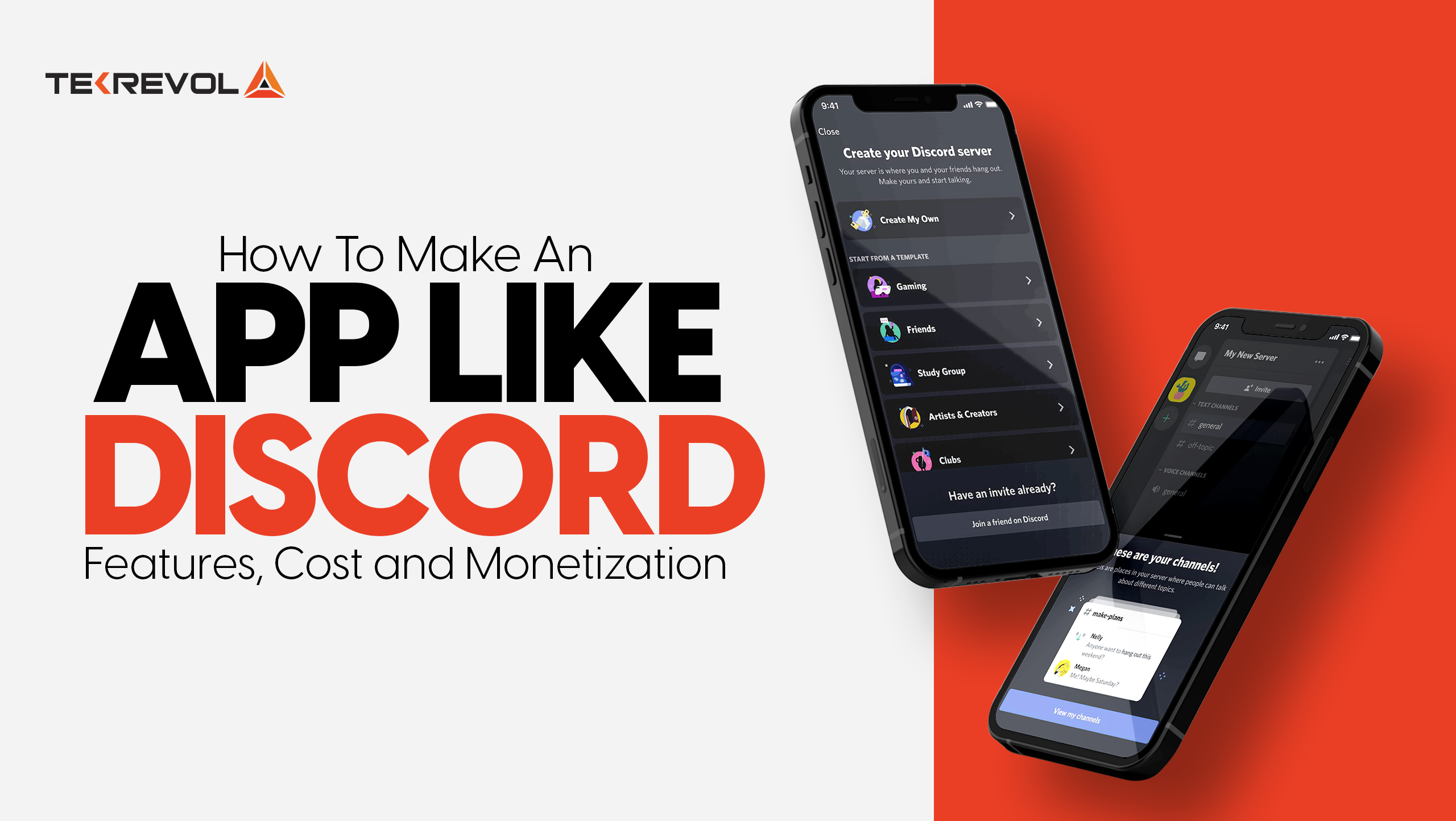Going solar is a smart investment, but how can you monitor your panels’ performance without the headache of manual tracking? Tracking performance manually can be a headache, but thankfully, solar panel monitoring apps are here to change the game.
These apps make it super easy to check how much power you’re generating, spot any issues, and even track your savings, all from your phone.
However, the global solar energy market is booming, with over 1 million solar installations in the U.S. alone. As more households and businesses turn to solar energy, the need for proper monitoring has reached a new level. Research shows solar panel systems can lose up to 25% of their energy efficiency without consistent maintenance.
So, if you plan to develop a solar panel monitoring app, this blog will give you all the insights you need to get started.
What Is a Solar Panel Monitoring App?
Think of it as your “solar system assistant.” A solar panel monitoring app tracks the performance of your panels, offering insights into energy production, efficiency, operational health, and any necessary maintenance.
There are no complex configurations with wires and you do not have to check everything with your phone or computer manually. This app will also notify you when something seems amiss; it can be invaluable for monitoring and ensuring your system is running right.
Solar panel apps are easy, hassle-free, and the right way to ensure you get the maximum of your solar panels.
Top Reasons to Develop a Solar Panel Monitoring App
The solar panel monitoring market is growing like crazy-it is going to reach an estimated $1,370.9 million by 2030, growing by 15.2%. That tells you how much people need tools to keep their solar systems running smoothly and effectively.
As more people adopt solar power, a monitoring app isn’t just good to have; it’s quite essential. Here we’ll let you know the reasons to opt for solar monitoring apps.
Real-Time Insights into System Performance
It is quite fascinating how most solar panel monitoring apps allow you to monitor your system’s performance in real-time. You can observe its performance almost in the meantime and quickly identify the fact that your panels are not generating as much energy as they are supposed to. It is kind of having a check now and then on your solar system, so adjustments can be made and maintain order.
Example: Enphase Energy employs a mobile application for monitoring the energy systems in real-time to enable the users to optimize the system for residential homes or commercial premises.
Get Notified Before Problems Escalate
Apps to monitor your solar system work as the first line of defense and notify you immediately if there is a problem. These notifications help you address foul play when there is a decline in efficiency or correct technical errors before they turn into costly problems or platform outages.
By solving them at this stage, you make sure that you maximize outputs from your solar panels as well as safeguard your green energy resource.
Example: Fronius Solar.web has features that signal low performance levels and the user can easily troubleshoot to fix the problem and get the optimum performance.
Take Control of Your Energy Usage
Just think about having an application that continuously monitors your solar panels to ensure you get the best out of them at all times. These apps can assist in realizing opportunities to increase efficiency, which will save you energy (and money) in the future.
Besides, they decrease the load on your solar panels, so that, these panels are of longer service and efficiency in years to come.
Example: The SolarEdge app simplifies the process of tracking your solar panel performance. It informs you how your system works at any given time, and makes you save on energy and costs while being convenient.
Stay Powered with Predictive Insights
Do you wish that your terrestrial solar system may alert you that it requires some attention? That is exactly where solar monitoring apps come into play. Using smart analytical capability, and real-time information, they inform you about the possible maintenance issues in advance. It is like your solar panel’s assistant that helps in scheduling, and creating anticipation for what is to come.
Example: LG Solar’s monitoring system lets users know when there’s a drop in performance so that minor issues can be addressed before they escalate into major problems.
Save More with Smarter Solar Management
One of the biggest perks of solar panel monitoring apps is how much they help cut costs. By keeping an eye on your panels and managing them effectively, you can avoid energy losses and keep maintenance expenses low.
Example: The monitoring system from Huawei FusionSolar offers real-time data that help companies identify problems early, minimize downtime, cut expenses, and maximize energy output.
Driving Sustainability with Smarter Solar Solutions
Solar monitoring applications are revolutionary tools for sustainability. They assist your system in managing efficiently to produce energy from renewable sources while reducing carbon emissions. They can make going green more effective and effortless since they would allow you to cut down on energy consumption.
For Example: Microsoft applies smart solar monitoring for effective utilization of energy in its campuses to reduce emissions and fulfill its green initiatives.
Easy Integration for Hassle-Free Solar Upgrades
Going solar doesn’t have to be a big deal. Most solar monitoring apps are created to integrate with your other energy management software to provide the best result. This makes solar technology adoption easy, cheap, and hassle-free.
From a homeowner’s perspective, these apps allow a seamless shift towards the more environmentally friendly without necessarily requiring a complete change of the systems.
For Example: SMA’s Sunny Portal allows for simple integration with existing energy systems, which allows users to track and manage solar energy output without the need to radically change their current system infrastructure.
Keeping Up with Your Business’s Energy Demands
Well, as your business grows, so do your energy requirements, yes? These applications simplify scaling, which is important if you’re only starting with a few panels or if you have to deal with a complex system. It is built with growth, making sure that the power system complies with your dreams.
Example: Walmart has its stores employ solar monitoring apps to ensure the efficiency of energy in its stores as it expands, making sustainability easy.
The Power-Packed Features You Need in a Solar Panel App
So when it comes down to it what makes that perfect solar monitoring app? Energy monitoring is only part of it; the real focus is on improving performance, reducing waste, and easing management tasks. The essential features include:
| Features | What it Does |
| Real-Time Data Monitoring | Get instant insights into your solar system’s performance—track energy output, efficiency, and more, all in real time. |
| Proactive Alerts | Sends real-time notifications about maintenance needs or performance issues, minimizing downtime. |
| Performance Analytic | Offers detailed reports on energy trends over time to help users optimize their solar systems. |
| Remote Access | Allows users to monitor their solar panels anytime, anywhere, ideal for multiple locations or large setups. |
| User Management | Facilitates personalized account setups with varying access levels for homeowners and enterprises. |
| Seamless Integrations | Connect your app with existing hardware and software systems, ensuring everything works together flawlessly for a smooth user experience. |
| Robust Security | Your data is safe with top-notch encryption, multi-factor authentication, and strict privacy regulations—so you can monitor your system with peace of mind. |
| Geolocation Features | GPS tracking ensures you can accurately monitor your solar panel setups, even if they’re spread across multiple sites or vehicles. |
| Weather Integration | Incorporates real-time weather data to predict performance and enable resource adjustments for optimal efficiency. |
| API Support | Easily integrate with third-party apps, so you can access and use your system’s data in a way that works best for you. |
Advanced Features For In-Depth Tracking Solar Performance
Developing a solar monitoring app? Adding some advanced features is a game-changer. They give users better control, boost efficiency, and offer valuable real-time data about their solar system’s performance. Here are a few key advanced features to consider when building your app:
| Advanced Features | What it Does |
| Energy Optimization | Real-time data helps reduce energy waste and maximize efficiency for both home and commercial users. |
| Proactive Maintenance Alerts | Automated reminders ensure timely system checkups and repairs, maintaining optimal performance. |
| Custom Notifications | Users can set alerts for issues like energy spikes or low battery levels, delivered through email or SMS. |
| Global Language Support | Multiple language options enhance accessibility for users worldwide. |
| Smart Voice Controls | Voice commands allow hands-free management, making it easier to control and troubleshoot. |
| VR Training Modules | Immersive VR tools help users learn system installations and troubleshooting with interactive training. |
| AI Predictive Insights | AI uses historical and real-time data to predict issues, optimize energy use, and offer actionable tips. |
| Energy Comparison Tools | Compare different energy systems to find the most cost-effective and efficient solutions. |
| Eco-Friendly Metrics | Track carbon footprint reductions and sustainability goals to align with green energy initiatives. |
| Interactive Maintenance Guides | User-friendly digital manuals, complete with visuals, guide users through troubleshooting and maintenance, ensuring minimal downtime and peak performance. |
How to Build a Powerful Solar Panel Monitoring App? 7 Easy Steps
Starting a solar panel monitoring app means that you are penetrating a market that is quickly expanding and offers significant possibilities. It might appear as a daunting challenge to design a smart solar monitoring app, yet you will achieve it if implement it clearly and systematically to ensure it is beneficial to the end user. Here’s how you can go about it:
1. Start with a Clear Vision of What You Want to Achieve
First, identify the primary goal of having an app before going ahead with the development process. Are you enabling users to monitor energy production, assist with maintenance, or provide statistics and finer points about a machine? Determine the specific characteristics that would serve to distinguish your app. For instance, adding features such as live updates, notifications, and system status checks adds value to the app as well as makes it essential for consumers.
Tip: Consider what aspects of the application may be painful to users. For example, if the users often forget about the need to maintain their panels, an alert service might be invaluable.
2. Analyze the Market and Know Your Competitors
When entering a new field, one must be aware of the conditions on the ground. See what other solar monitoring software exists, what functions they excel at, and what they lack. Therefore, examine user reviews and feedback. It will help you determine what hasn’t been done in other applications and how you might fill those gaps.
For example: If most applications only provide basic monitoring but not precise energy use measurements, this could be a good fit for you.
3. Design a User-Friendly Interface
The application design of your app will greatly determine how users will be able to navigate it. Simplify it, just make it neat and more easy to understand. It should be possible for users to view some critical data without having to scroll down.
When presenting energy stats, it is helpful to incorporate graphical objects, such as graphs or charts, into your lesson. The easier it is to use, the more people will accept the app you design and build.
Tip: Once you have your layouts done, try to run it on some users to see how easy it is to navigate. They will be happier if there are fewer steps between them and the things they require.
4. Pick the Right Technology Stack for Efficiency
When application development begins, the selection of instruments and platforms becomes the most vital factor to consider. Which operating systems do you want the application to support, iOS or Android?
However, if you need a cross-platform app, mobile application frameworks such as Flutter or React Native are perfect for creating an app. The backend should be selected to be efficient and capable of handling data, especially a lot of it, like AWS or Google Cloud services.
Tip: The advantage that a framework like Flutter provides is the ability to develop both iOS and Android applications with a singular code set.
5. Connect the App with Solar Panel Hardware
However, to ensure that your app is effective you need to integrate the app with the solar panel systems. It includes the integration of the app with the solar panel’s physical hardware, which could be achieved through APIs provided by the panel manufacturers.
The app must also be able to retrieve data from the system, such as energy production, and show it to the user in real-time.
Tip: Make integration easy—do not make it hard for the user to integrate your software into their systems. If it is difficult, then give proper guidance or allow the system to pair automatically to make it easy.
6. Test, Test, and Test Again
When you plan to launch your app, it is important to test it extensively about whether it is retrieving data accurately, how it behaves in offline mode, and how it provides a good experience to users. Make sure you validate your site on as many devices as possible to ensure that all elements of the site are displayed properly and work correctly.
Example: What happens if a user opens the application and their internet connection is suddenly disrupted? It is crucial to test these edge cases to ensure that there are no glitches.
7. Launch and Keep Improving
When you launch the app, be prepared to actively monitor it, rather than simply installing and leaving it to run by itself. Interact with the users and build a database of their opinions. Find out what they are saying about the current state – this will assist you in future changes and modifications. Release updates from received feedback as well as on changes and trends related to solar technology.
Tip: Engage the user frequently in social media or within the community where the app is available to make them feel that they are valued.
Tech Stack, You Need for Building a Solar Monitoring App
To build a reliable and feature-packed solar panel monitoring app, various technologies are required. Here’s a summary of the key technologies used in the development process:
| Technology | Purpose | Advantages |
| React Native | Cross-platform mobile app development for iOS and Android | Fast development, reusable code for both platforms |
| Flutter | Google’s UI toolkit for natively compiled applications | High-performance, expressive UI design |
| Swift and Kotlin | Native languages for iOS and Android app development | Optimized for platform-specific performance |
| Node.js | JavaScript runtime for scalable and efficient server-side applications | Fast and efficient for real-time data processing |
| Python/Django | Backend framework for database management and solar system integration | Scalable, easy to develop and maintain |
| Ruby on Rails | Framework for rapid backend development | Simplifies complex coding, quick setup |
| AWS (Amazon Web Services) | Cloud platform for app hosting and data storage | Reliable, scalable, and widely used for global reach |
| Google Cloud Platform (GCP) | Cloud service offering storage, computing, and networking | Seamlessly integrates with Google tools, reliable |
| Firebase | Real-time database, user authentication, and cloud storage | Built-in features for app development, easy integration |
| MQTT Protocol | Lightweight messaging protocol for IoT device communication | Ideal for real-time data exchange with IoT devices |
| HTTP APIs | Standard protocol for integrating various hardware devices with the app | Versatile, widely supported for IoT device integration |
| Apache Kafka | Real-time stream processing for handling large data volumes | High throughput, fault-tolerant, scalable |
| Apache Spark | Distributed data processing for big data analytics | Handles large datasets and real-time analytics |
| Power BI / Tableau | Data visualization and reporting tools | User-friendly, excellent for data insights and dashboards |
- Want to Build a Powerful Solar Panel Monitoring App?
- TekRevol helps you with end-to-end app development, ensuring efficiency, scalability, and real-time data processing.
Major Challenges in Developing a Solar Panel Monitoring App
Developing an application for monitoring solar panels is always inspiring, but it also comes with certain risks. Now let us discuss the details of these misconceptions and some successful strategies to deal with them.
1. Integration Complexity
Solar panels, inverters, and monitoring hardware can have fundamentally dissimilar technologies. It’s like trying to fit many pieces of a jigsaw together and getting the individuals to come to work as a team.
Tip: Select versatile technology and work with the best mobile app development company who have prior experience with IoT adaptations. For instance, using APIs that are specifically developed with renewable energy systems can make integrations easier.
2. Data Security and Privacy
The app you are creating will handle personal user information, ranging from solar energy production data to system details. A breach can severely dent the credibility of the platform among the users.
Tip: End-to-end encryption and other secure authentication methods such as two-factor verification should be used. Security audits conducted regularly can help to stay ahead of any possible threats against your application.
3. Simplifying User Experience
Solar energy data tends to overwhelm users, especially those who have not had any experience with using electronics. An overcrowded interface could easily chase users away.
Tip: Clearly, cut the flowery and detailed patterns, and go for neat and minimalistic looks. Always illustrate your content with graphs and charts to ensure that figures and statistics are well understood by the readers. When this is done during the development process it will enable you to develop an interface that is enjoyable to the users.
4. Real-Time Data Processing
Solar panels receive data inputs continuously and the users require immediate output. You can end up frustrated because something takes longer than expected or the data you receive is not what you want.
Tip: AWS or Microsoft Azure should be adopted to handle and store the flow of real-time data. The energy output also varies, so make sure your app’s back end is also optimized for speed.
5. Scalability
When many users are registered in your application, the amount of data to be processed will increase. If not well-planned your app may present slow performance issues or even crash.
Tip: Always design for scalability from the time when the project is being initiated. Take advantage of the cloud services for scaling up the loading since the app brings in more traffic than before.
6. Geographic Adaptability
The condition of solar energy and regulation is not constant in all the regions of the world. It may not be possible to implement the solution in some areas of the world.
Tip: Localize different features required for the product. For example, for sunny areas, the primary emphasis is placed on the efficiency of production, whereas for cloudier regions, it is placed on energy storage analytics.
7. Competing in the Market
The market of renewable energy sources is saturated nowadays and the users have many app choices. Your app needs to stand out.
Tip: Learn your competitors well and have a look at the market needs they are not meeting. Additional features such as the notification of the need for maintenance or linking the app with a smart home system are valuable add-ons.
8. Choosing a Business Model
One of the most difficult questions that have to be answered is how to monetize your app. Consumers can become frustrated by dozens of ads while subscribing to a particular service or app that should provide enough content to offset the monthly fee.
Tip: Free, and paid versions that include some extra features such as statistics and synchronizing to multiple devices. This freemium model is effective in bringing on board individuals while at the same time focusing on being constant in its revenue.
Understanding the Budget for Building a Solar Panel Monitoring App
Creating a solar panel monitoring application is a great opportunity to enter the rapidly growing clean energy sector. But let’s talk about the big question: how much will it cost? Well, let me tell you that the cost can vary on the level of app complexity, the platform, features, operating system, and even the geographic location of the development team.
To help you plan ahead of time, here are the typical rates for the various levels of solar monitoring applications, so you can budget accordingly.
| Development Level | Cost Estimate | Time Duration | Key Features |
| Basic App | $15,000 – $30,000 | 2 – 4 months | Real-time energy tracking, basic visualizations, and simple system alerts. |
| Intermediate App | $30,000 – $70,000 | 4 – 8 months | Advanced analytics, consumption trends, tailored reporting, enhanced UI/UX. |
| Advanced App | $70,000 – $100,000+ | 8 – 12+ months | Predictive insights, hardware integration, energy optimization tools, AI-powered analytics. |
- Planning to build a solar monitoring app?
- Use our calculator to get a personalized estimate!
Build a Smarter Solar Monitoring App with TekRevol
TekRevol is a company with over six years of experience in the industry and providing the most effective solar panel-monitoring applications developed in line with your requirements. Using IoT, AI, and other advanced tools, we develop applications that can effectively track the generation of energy, analyze periods of efficiency, and proactively notify of potential pitfalls in seamless function.
The solutions we develop are highly customizable, both for small-scale and multi-location corporations that manage various solar structures or vast solar projects. No matter whether you are improving the energy performance or achieving the perfect work of the systems, our apps will help you fulfill your operations objectives effectively.
We’ve spent years working in various industries, designing flexible and powerful solutions to manage solar energy systems effectively. By partnering with TekRevol, you will be able to work with professionals who are more than capable of improving your solar energy management.
- Want to stay ahead in the renewable energy game?
- We build smart solar monitoring apps that ensure operational excellence and sustainability.

 55 Views
55 Views April 18, 2025
April 18, 2025







